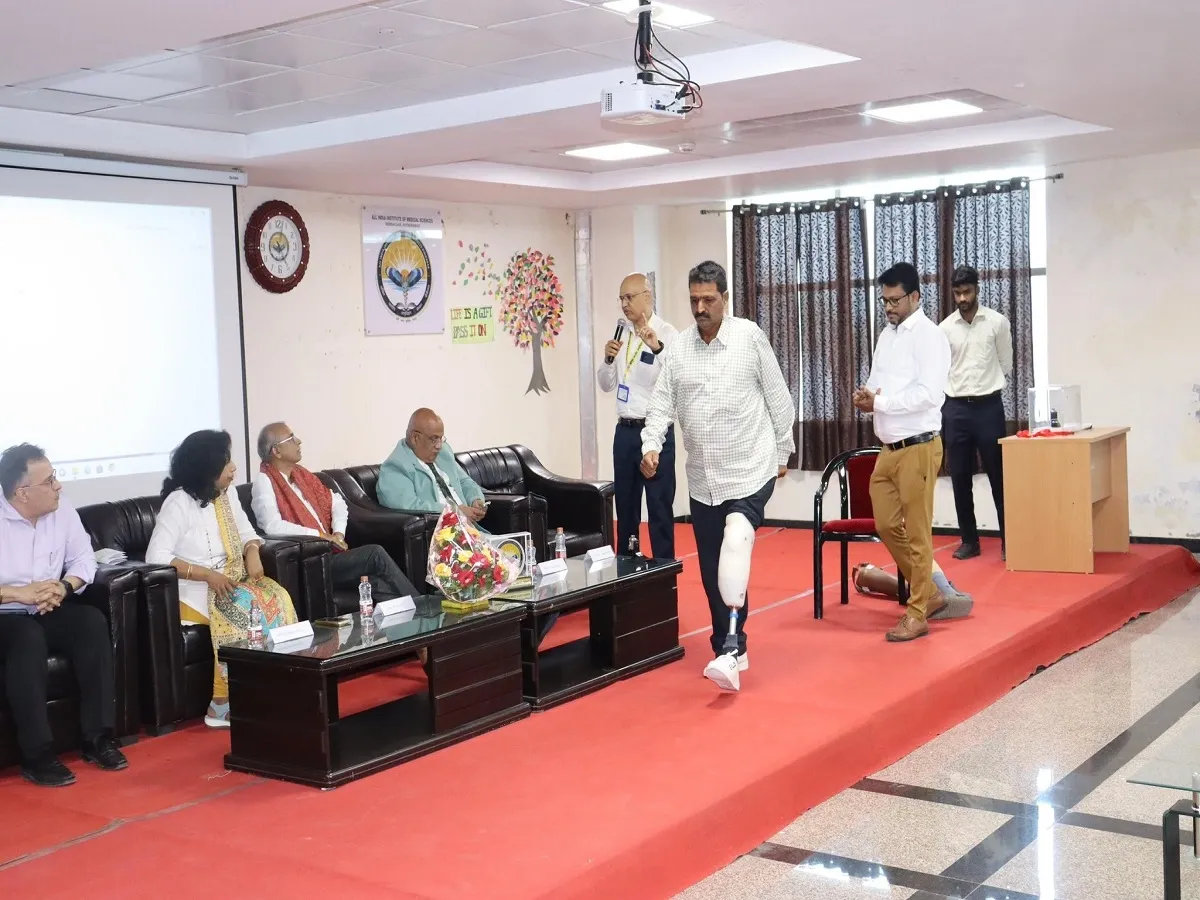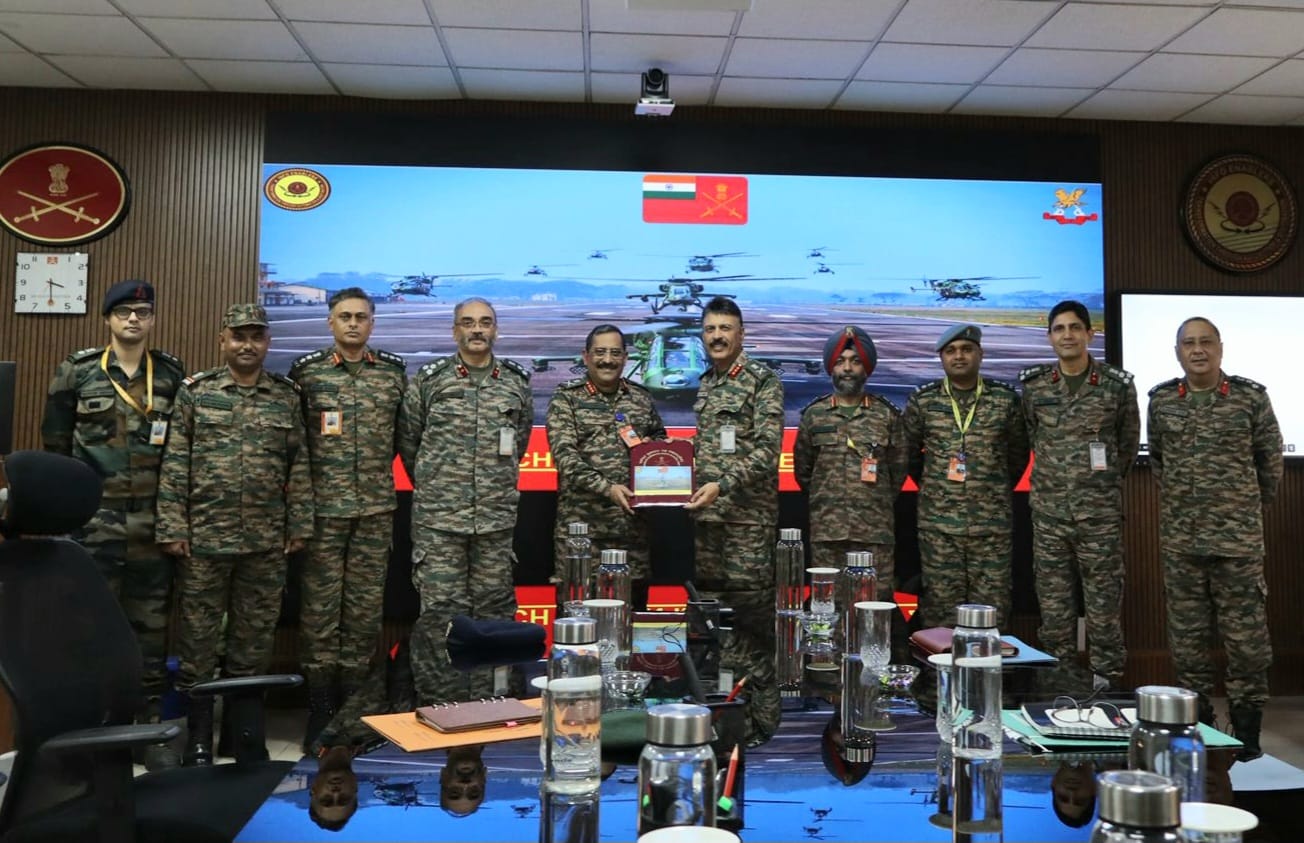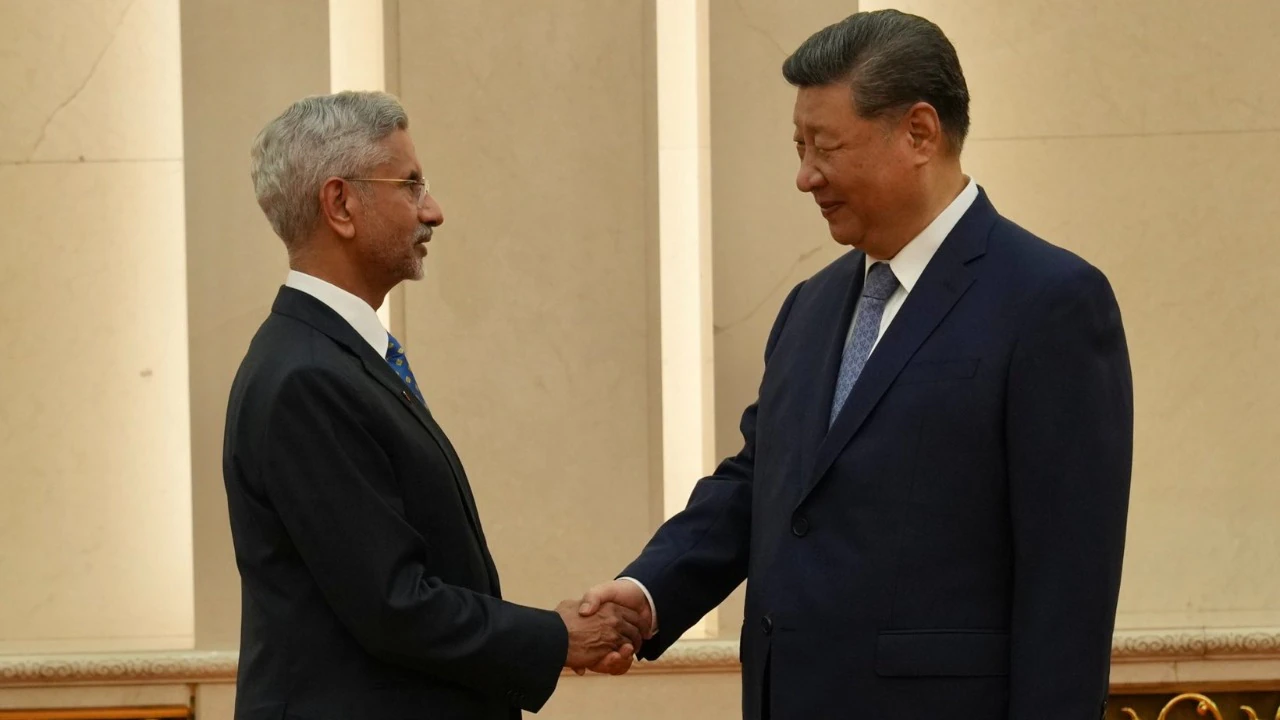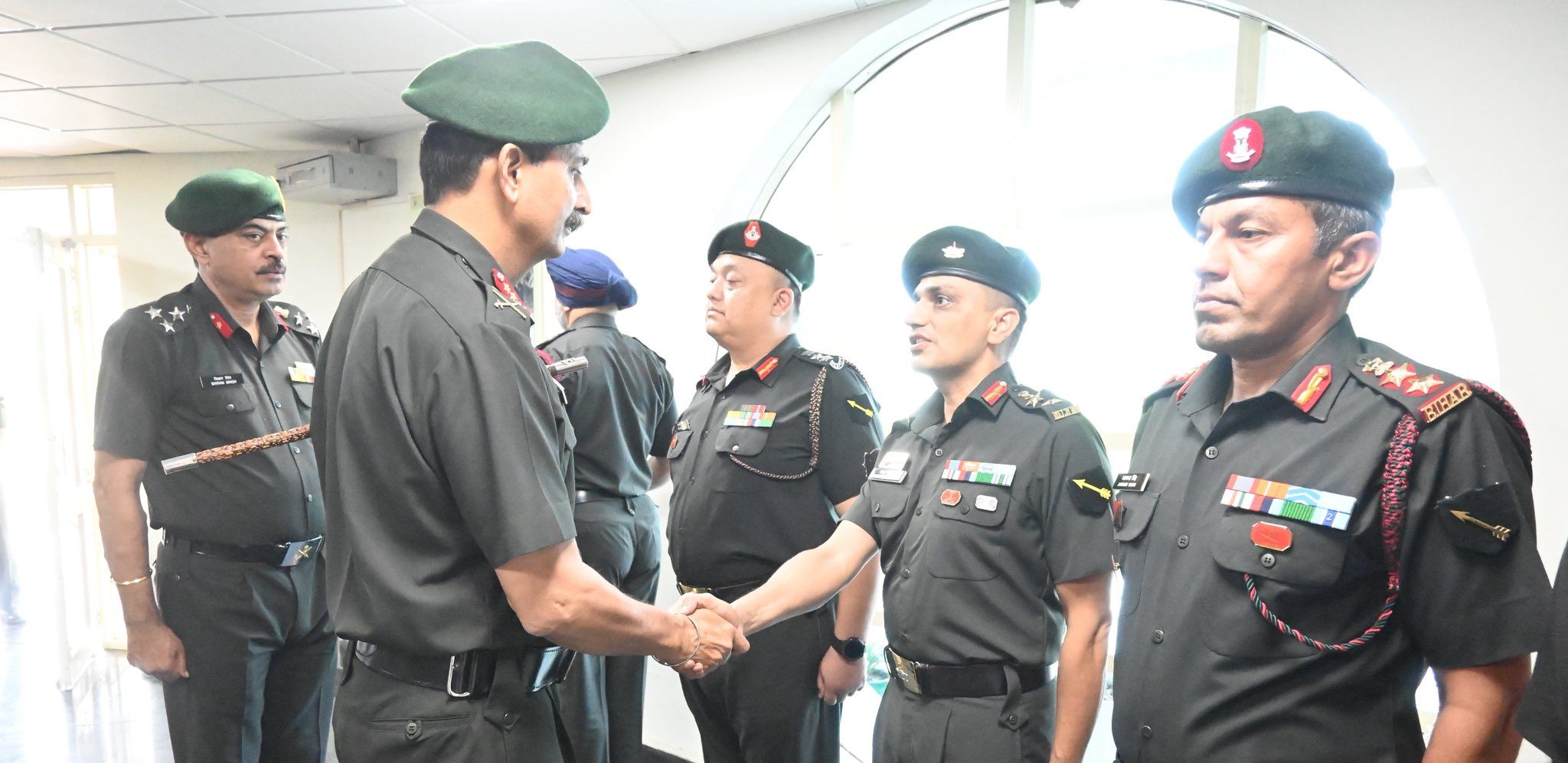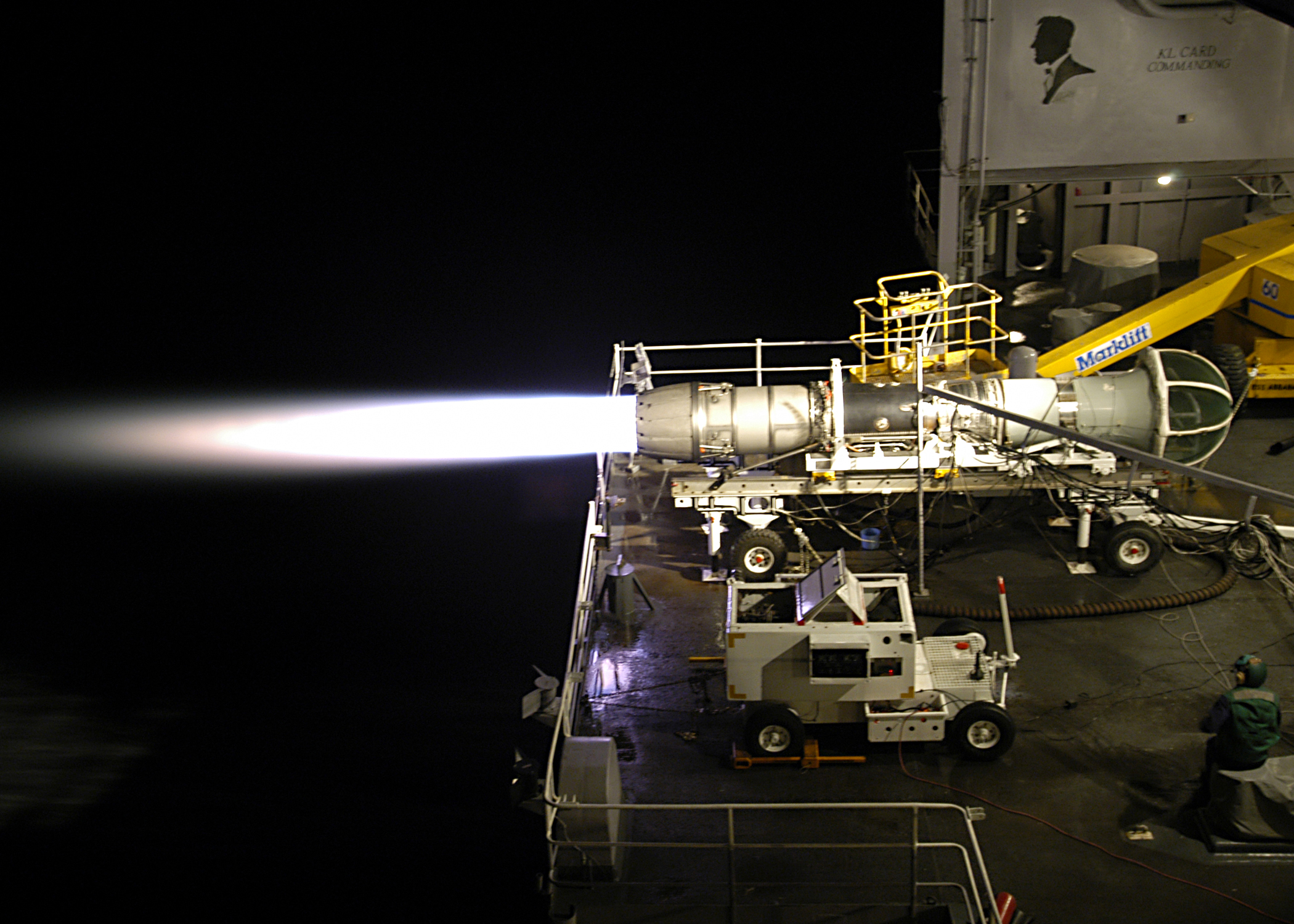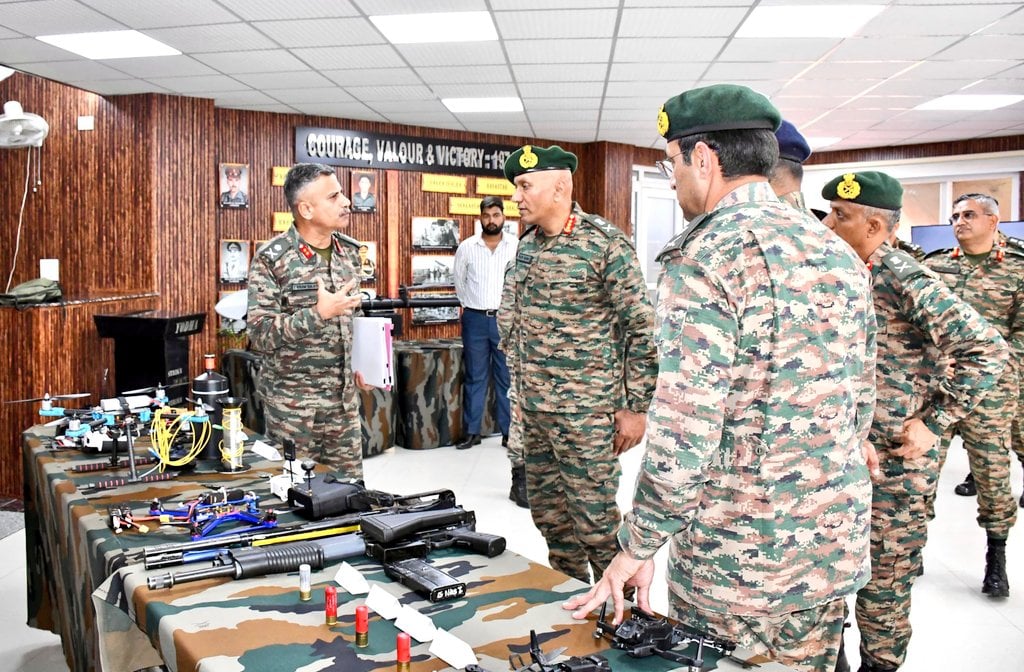DRDO and AIIMS Bibinagar Unveil India’s First Indigenous Advanced Carbon Fibre Foot Prosthesis
In a landmark achievement under the Aatmanirbhar Bharat initiative, the Defence Research and Development Organisation (DRDO) and AIIMS Bibinagar have…
Indian Army Launches Aviation Asset Module to Advance Digital Transformation
Marking a major stride in its digital evolution, the Indian Army on Tuesday unveiled a cutting-edge Aviation Asset module designed…
EAM Jaishankar Meets President Xi Jinping, First Visit to China Since the 2020 Galwan Valley Clash
In a pivotal diplomatic engagement, External Affairs Minister S. Jaishankar met Chinese President Xi Jinping in Beijing on Tuesday, marking…
Army Training Command Chief Commends Golden Arrow Division for Operational Excellence
In a strong endorsement of frontline preparedness, Lieutenant General Devendra Sharma, PVSM, AVSM, SM, General Officer Commanding-in-Chief of the Army…
General Electric Delivers Second F404 Engine, Revives Tejas Mk1A Production Momentum
In a significant boost to India’s indigenous fighter aircraft program, General Electric (GE) has delivered the second GE F404 engine…
Lt Gen Pratik Sharma Reviews Operational Readiness at Strike One Formation
In a key strategic visit, Lieutenant General Pratik Sharma, General Officer Commanding-in-Chief of the Northern Command, reviewed the operational preparedness…

